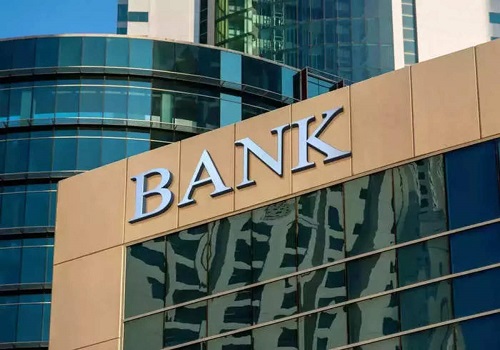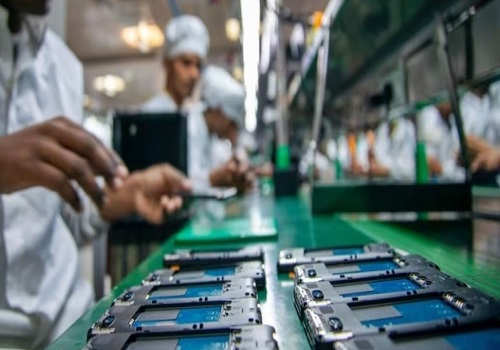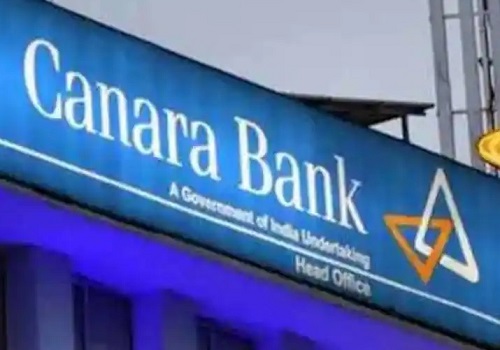BFSI - Banks/NBFCs Sector Update : Higher capital charge to temper growth for banks, NBFCs By Emkay Global Financial Services

After firing warning shots for some time now, the RBI increased the risk weight by 25% on unsecured consumer loans (mainly PLs/Cards/CDs) as well as on banks’ exposure to NBFCs, to contain rising credit/pricing risk and customer overleveraging due to undeterred growth in unsecured loans. However, the RBI has timed its action to ensure a smooth festive season, while aiming to temper balance-sheet growth and thus cause only an indirect impact on the P&L versus a direct P&L hit via increasing standard asset provisions on unsecured loans. Also, the RBI seems to have exempted unsecured MFI (JLG)/PSL loans from the rise in risk weights. We hereby evaluate and highlight the impact of the RBI action on regulated entities.
Higher capital charge on consumer loans (mostly PLs/Cards/CDs), largely to curb rising credit/pricing risk and customer overleveraging
Post Covid, banks/NBFCs (including fintechs) have adopted an aggressive lending approach in the unsecured space, including PLs (particularly low-value/short-term PLs and multiple PL) and cards, which is already manifesting in the form of slight credit risk in some products/geographies. This is visible in select banks (e.g. RBL), NBFCs (SBIC) and commentary from Paytm. Thus, to curb the rising credit/pricing risk and customer overleveraging, the RBI on 16-Nov increased the risk weights on consumer loans (existing as well as new; and mainly including PLs and consumer durable loans) by 25% to 125%, and on cards to 150% (125% for NBFCs). However, the RBI has exempted housing loans, education loans, and vehicle/goldbacked loans, which we believe should provide relief mainly to HFCs (e.g. LIC Hsg, Aavas), VF heavy banks/NBFCs (e.g. Shriram, MMFSL, Chola, IIB) and gold loan heavy banks/NBFCs (CSB, Muthoot, Mannapuram). The RBI seems to have also exempted MFIs (mainly JLG), in line with our expectation, possibly given MFIs’ PSL status and the RBI’s financial inclusion agenda. We believe this would be positive for MFI-heavy banks, SFBs and NBFC-MFIs. However, the MFI segment remains vulnerable to exogenous risks (climatic/political) in our view, and should thus build counter-cyclical buffers, even at the cost of compromising near-term high profitability.
Banks’ exposure to NBFCs also to attract higher risk weights which could, in turn, lead to slower growth for banks and higher borrowing cost for NBFCs
Apart from direct exposure to unsecured loans, banks (systemic funded exposure @9.4% of loans, including PSBs @10-17% of loans and IDFCB @8%, followed by ICICIB/Kotak Mah Bank @7% of loans, among PVBs) have been aggressively lending to NBFCs/HFCs/FIs (up 20% YoY) and, hence, indirectly exposing themselves to higher credit risk. Thus, the RBI has increased the risk weights by 25% (over & above the risk weight associated with the given external rating) in all cases where the extant risk weight as per external rating of NBFCs is below 100%. For this purpose, loans to HFCs and to NBFCs (e.g. NBFC-MFIs) which are eligible for classification as priority sector loans (PSLs) shall be excluded. We believe this move will impact the margin of most asset financing NBFCs, as banks would try to pass-on impact of the higher capital charge via increasing lending rates. Our analysis suggests that NBFCs such as Ugro Cap (73%), followed by AB Finance (53%) and LTFH (52%), have more than 50% of borrowings (TL) from banks and could thus see increase in borrowing cost.
Higher capital charge to hurt growth and trigger capital raising for select players; impact on RoA/RoE to be limited for most
Our analysis suggests that impact, of the increase in risk weight by 25%, on CET/Tier I banks would be 40-80bps for large banks (79bps for ICICIB, followed by 70bps for HDFCB and the lowest being 37bps for IIB), 30-100bps for small-to-mid size PVBs (highest for RBL at 83bps, followed by IDFCB at 77bps, and the lowest for CUBK at 32bps), and 55-82 bps for PSBs (highest being 82bps for Canara Bank/SBI and the lowest at 55bps for BOB, followed by 59bps for INBK). Within SFBs, the impact will be highest for Ujjivan at 127bps, given its greater share of individual loans. Within NBFCs, impact on Tier I will be the highest for SBIC at 384bps followed by Poonawala at 383bps and BAF/AB Finance at 177bps/162bps. We believe that the RBI action could deplete Tier I below optimal levels for select players like SBI, Yes Bank, RBL, IDFCB, Axis Bank, SBIC, and AB Capital and, thus, compel them to shore-up capital buffer.
We prefer banks/NBFCs with lower exposure to unsecured loans and strong provision/capital buffer amid rising risk to growth/asset quality
We believe that the fallout of the RBI action will be mainly on growth, given the rising dependence on unsecured retail loans and lending to NBFCs for growth. That said, this could be partly offset by accelerating growth in secured retail loans, SMEs and corporate lending. Our analysis suggests that a 100bps cut in growth across FY24-26E could impact RoA/RoE by 3-10bps/20-100bps, which could be partly offset by the increasing lending rates. Amid rising risk to growth/asset quality, we recommend investing in banks/NBFCs with relatively lower exposure to unsecured loans, healthy return profiles and strong capital/provisioning buffers. Among banks, we prefer IIB, KVB and Indian Bank. Within NBFCs, we prefer PIEL and SHFL, given their lower share of unsecured loans and attractive valuations.
For More Emkay Global Financial Services Ltd Disclaimer http://www.emkayglobal.com/Uploads/disclaimer.pdf &
SEBI Registration number is INH000000354
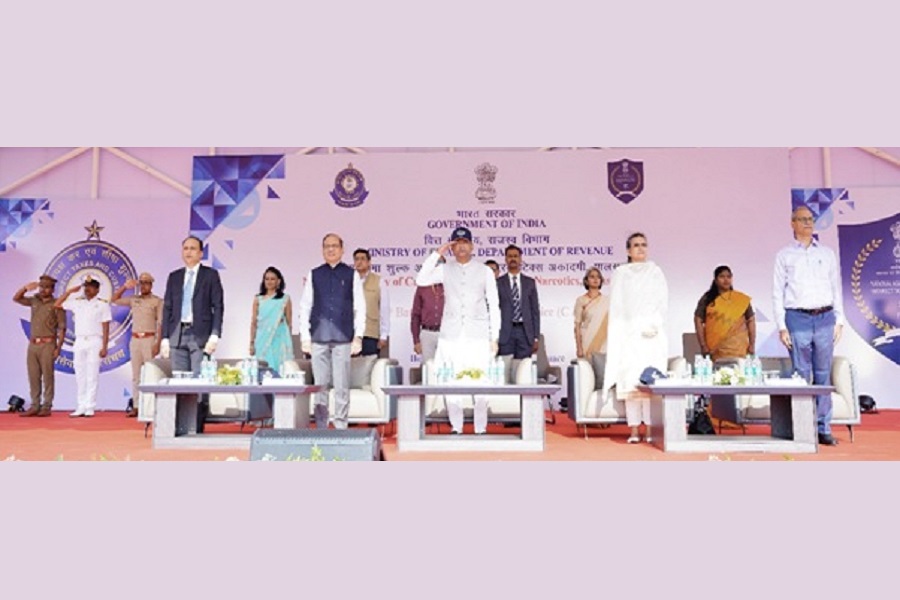
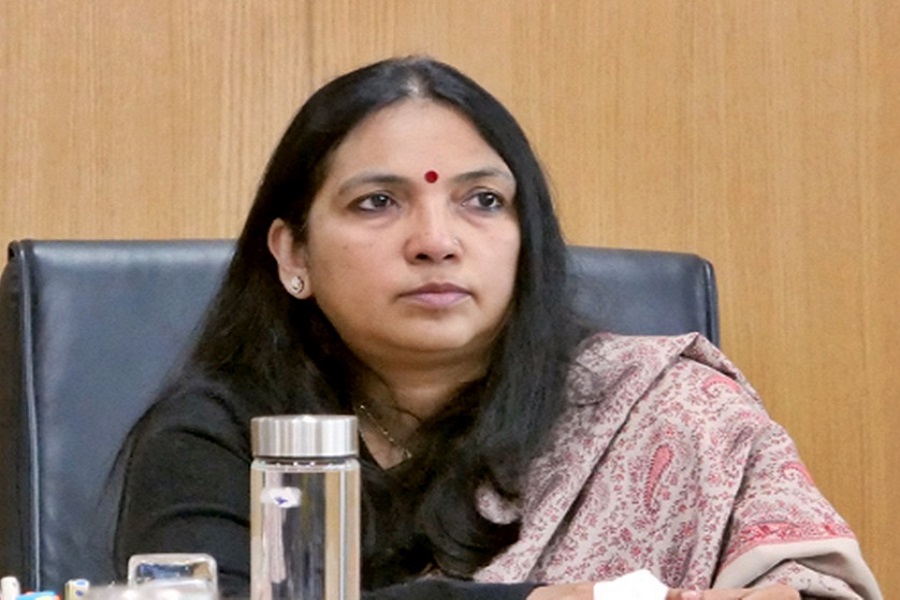

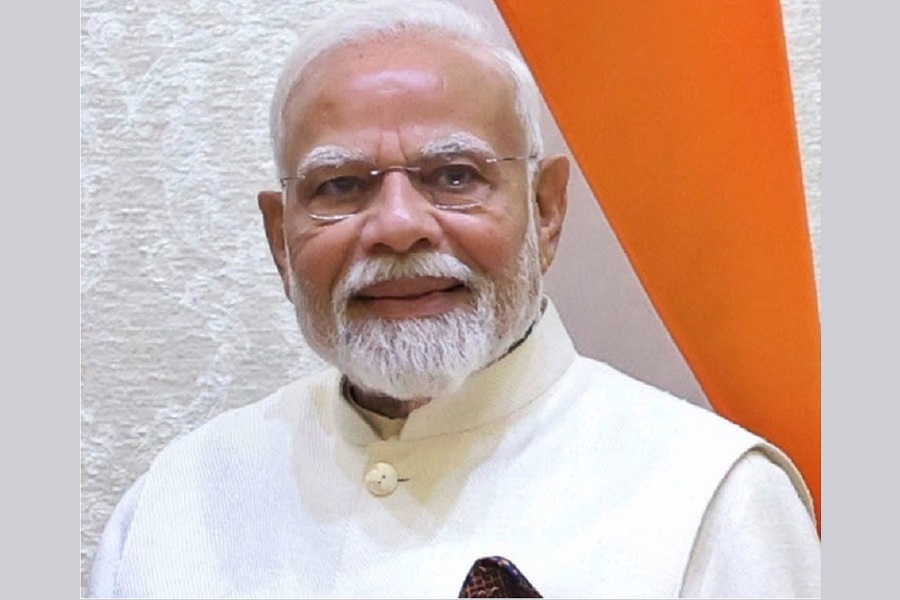
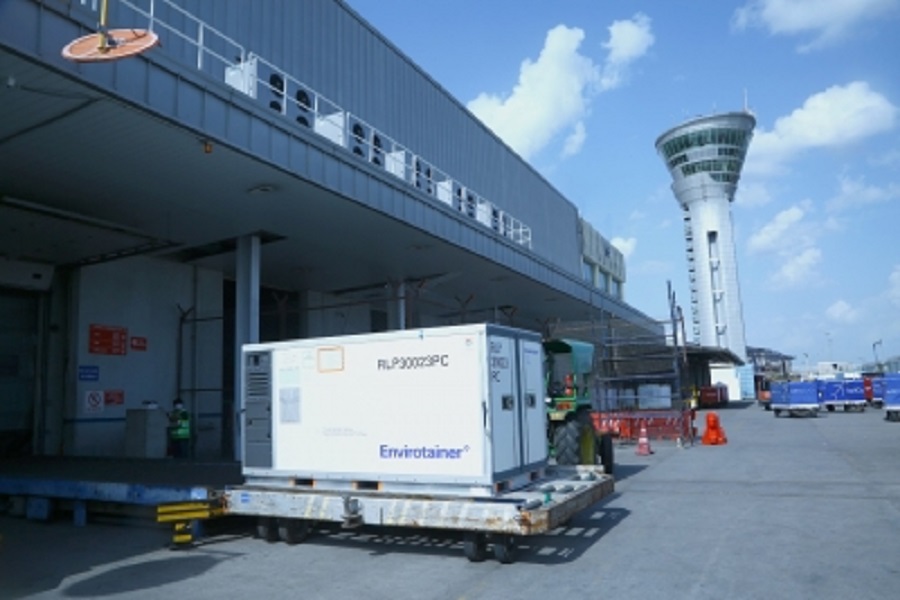
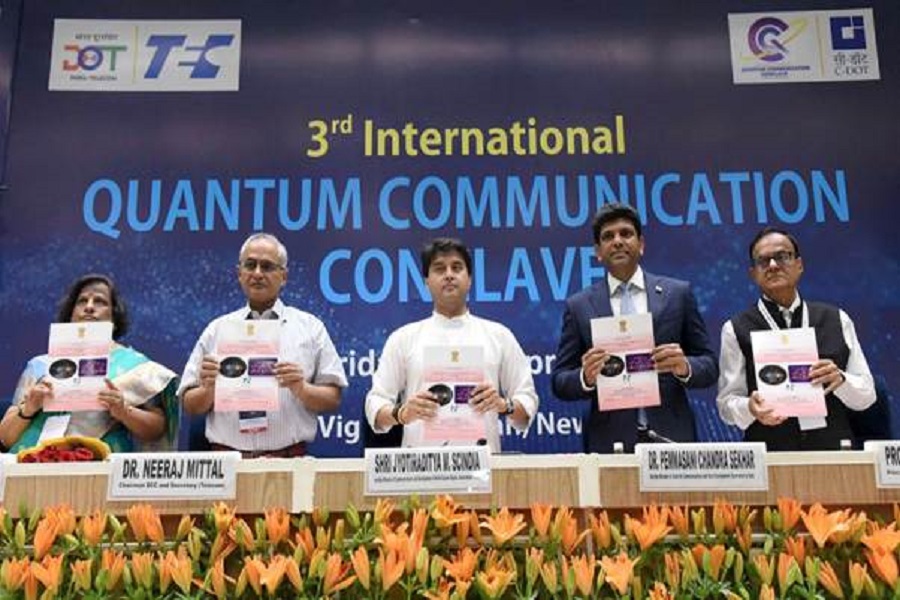


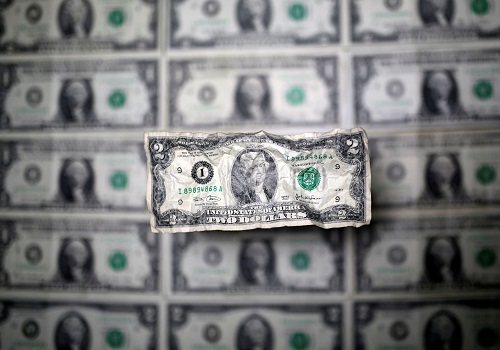
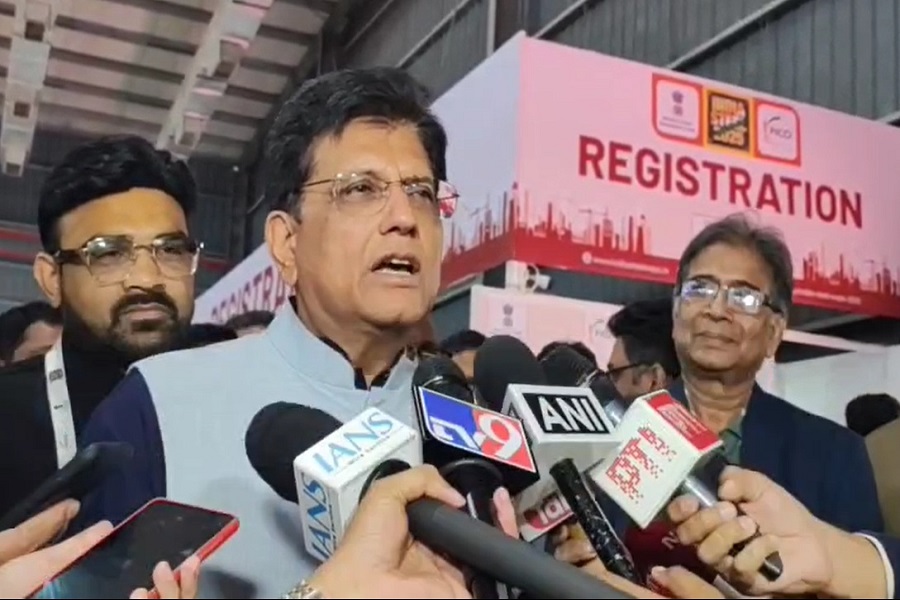
More News

Healthcare Sector Update : Growth dips to 4% By JM Financial Services


